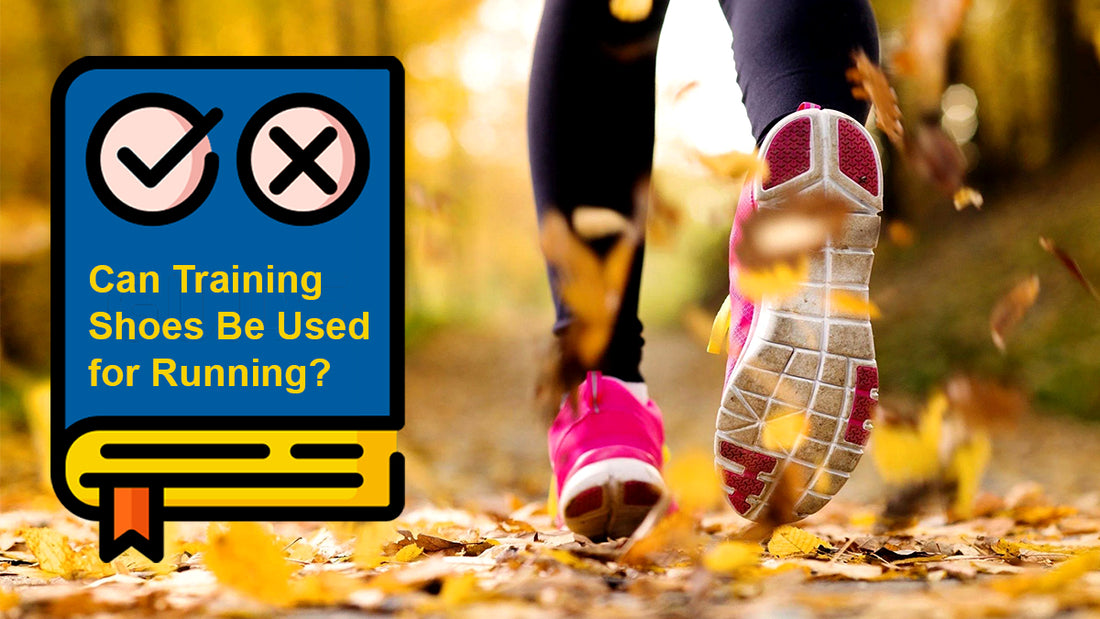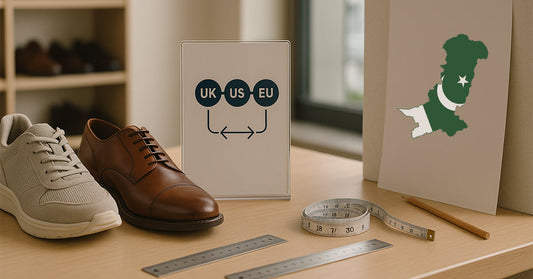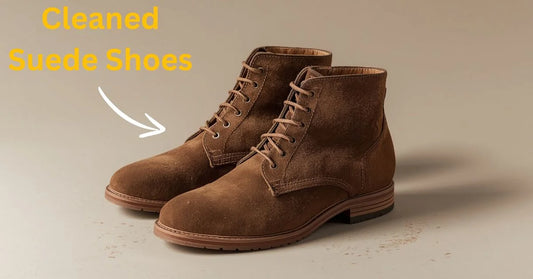
Can Training Shoes Be Used for Running?
Haris RiazShare
Running and training shoes are designed for different types of activities and using the right one is important for the best results and avoiding injuries.
If you enjoy running, going to the gym or both having the proper footwear is important. With so many athletic shoe options, it can be tough to decide which one to choose for each activity.
It might seem easy to grab your most comfortable sneakers before heading out but using the wrong type of shoe can lead to injuries. Though cross-training shoes and running shoes look same but they serve different purposes. Running shoes have the cushioning needed for long-distance running while training shoes are built to support various movement patterns. Here’s how to pick the right shoe for your workout.
What are Running Shoes?
Running offers numerous physical and mental health benefits from reducing anxiety to increase lungs capacity. However, the repetitive impact of your feet hitting the ground can cause stress on your body and lead to injuries incase if you're not wearing the right shoes. Running shoes are specifically designed to absorb shock and support forward movement while staying lightweight allowing you to move comfortably on the road or track. They have more cushioning in the midsole and offer better arch support than training shoes, which helps prevent injuries like stress fractures.
1. When to Wear Running Shoes?
Running shoes are made for running so you should wear them when you run. The only exception is if you're running short distances on a treadmill to warm up before weight training. In that case you might wear your cross-training shoes if you're running less than a mile. For longer runs on the road or treadmill choose lightweight road-running shoes. If you're running outdoors opt for trail running shoes that offer extra protection on rough terrain.
2. What to Look For in Running Shoes?
- Comfort & Fit
When trying on running shoes do it later in the day while wearing your usual moisture-wicking running socks. Ensure the toe box is spacious enough to allow your toes to wiggle and stretch and the heel collar shouldn’t rub or slip. The shoes should feel perfect right away without needing a break-in period.
- Cushioning & Responsiveness
Look for shoes with ample midsole cushioning especially for long-distance running.
- Lightweight Feel
Your running shoes should be lightweight to avoid slowing you down. Choose a pair that is light but still provides cushioning where you need it most.
- Traction & Protection
If you’re running on trails choose shoes with deeper lugs (cleats) and more durable uppers to protect your feet.
- Heel-to-Toe Drop
Traditional running shoes have a heel-to-toe drop of 10mm or more due to extra cushioning in the heel. This is ideal if you tend to land heavily on your heels. If you strike more with your mid or forefoot or have chronic knee problems, consider shoes with a lower heel-to-toe drop.
What are Cross-Training Shoes?
Cross-training shoes are designed to support a variety of movements such as lateral jumps, squats and quick changes in direction. They usually have a flatter design with a lower heel-to-toe drop and more flexibility. These shoes are also built to provide extra stability.
When to Wear Training Shoes?
Training shoes are great for various activities including:
- High-intensity interval training (HIIT)
- Outdoor training boot camps
- Weightlifting
- Strength training
- Plyometrics
- Agility training
- Basketball, volleyball and tennis
- Aerobics classes
- CrossFit
- Zumba and dance classes
- Some yoga classes (optional)
What to Look for in Training Shoes?
Choosing the right cross-training shoes depends on your activity but generally you should look for:
- Comfort & Fit
Ensure your toes can move freely, your heel doesn't slip and the shoe's upper doesn't stretch too much. Pick the pair that feels right from the start without needing a break-in period.
- Arch Support
Select shoes with enough cushioning to support your arch which helps prevent sprains.
- Stability
Look for shoes with wide, thick outsoles to keep your foot stable during side-to-side movements.
- Firm Heel Support
Firm heel support provides ankle stability especially during weightlifting.
- Durable & Supportive Uppers
Choose materials that offer extra support and protection for your feet.
Running Shoes Vs Training Shoes Comparison Table
|
Feature |
Running Shoes |
Training Shoes |
|
Support |
Forward movement |
Multidirectional movement |
|
Cushioning |
More midsole cushioning |
Firm heel cushioning |
|
Heel-to-Toe Drop |
Higher heel-to-toe drop |
Lower heel-to-toe drop |
|
Weight |
More lightweight and breathable |
More durable |
Wrap Up
Running shoes are designed specifically for forward movement and long-distance comfort, featuring more midsole cushioning and a higher heel-to-toe drop. While they are great for running, they are not ideal for training activities that require multidirectional movements and stability such as HIIT, weightlifting or sports like basketball and tennis. Training shoes, with their firm heel cushioning, lower heel-to-toe drop and support for lateral movements are better suited for these activities. Using running shoes for training can increase the risk of injury due to the lack of proper support and stability for these types of movements.



